Barriers to STEM Education Programming
 |
Every STEM project is a rewarding learning journey. |
STEM education, with an interdisciplinary approach between science , technology, engineering and mathematics, is an important foundation for equipping students with international integration skills. However, the lack of a unified STEM program in schools makes it difficult for many teachers to implement in practice. Building STEM integrated lessons in line with the 2018 general education program is expected to bring new vitality to general education.
Ms. Luong Thi Tham, a teacher at Pham Hong Thai High School ( Hanoi ), shared: “We try very hard to incorporate STEM into our teaching, but due to the lack of specific guidance and facilities, teachers often have to explore and create with their students.” This reality forces teachers to overcome many barriers in terms of time and resources.
In addition, the current assessment system is also a major obstacle. While STEM emphasizes assessment based on products and learning processes, current exams still mainly focus on theoretical knowledge and paper tests. Mr. Nguyen Ngoc Son, Principal of Pham Hong Thai High School, commented: "Students still have to meet exam requirements, so we are forced to increase theoretical exercises right after STEM activities." This reduces practice time and limits students' creativity. Without interdisciplinary and practical assessment methods, STEM education will find it difficult to be effective, hindering the goal of training high-quality human resources.
The appeal of STEM Festival and Robotics Competition
 |
| Robotics programming competition attracts a large number of students to participate. |
 |
Robotics assembly and programming competition playground of Giang Vo Secondary School |
Despite many difficulties, activities such as STEM Festival, robot design and programming competitions have become a strong source of motivation, promoting students' passion for science and technology. At Giang Vo Secondary School, Ba Dinh District, Hanoi, STEM education has been implemented since 2014 with three clubs: STEM Wood, STEM Robotics and STEM Science, attracting a large number of students to participate.
Every year, at the end of each semester, STEM festivals and Robotics competitions take place enthusiastically, making parents extremely surprised and excited when witnessing with their own eyes the models created and controlled by the students themselves.
Nguyen Viet Tue Minh, a student at Giang Vo Secondary School, shared: “I created a remote-controlled car model to handle chemical incidents and reduce the risk of injury to people. This idea came from news about chemical accidents that I read online.” Robotics competitions often present challenges such as climbing slopes and moving heavy objects to simulated classrooms, helping students practice programming skills and develop creative thinking.
Hoang Gia Phuc, a student who loves science, emphasized: “These STEM activities help me develop my technology and physics skills, and at the same time ignite my passion for discovery.”
Ms. Le Thi Loan, a teacher at the school, also commented: “STEM plays an important role in orienting students’ future careers in the digital age, helping students to be confident and proactive in international integration.”
Mr. Dam Dinh Hiep, representative of Hung STEM Robotics Lab Education Company, said: “Through STEM activities, students gain knowledge about microchips, motors, and sensors, thereby improving their ability to solve practical problems.” These playgrounds not only nurture a passion for science but also serve as a launching pad for students to participate in science and technology competitions at higher levels such as city, national, and international.
Ms. To Thi Hai Yen, Principal of Giang Vo Secondary School, affirmed: “Each STEM project is a rewarding learning journey, helping students develop their personal abilities, from creative thinking to presentation skills.”
These STEM activities have become important annual events, where teachers not only integrate STEM knowledge into their lessons but also directly accompany students in real-life projects, turning each classroom into a space of creativity and discovery.
Ms. Le Thi Loan shared: “We have the opportunity to experience, work together and learn from the students. Through that, teachers also constantly improve their knowledge and professional expertise. As society and students change, we teachers also need to constantly innovate to adapt.”
Orientation for a sustainable STEM ecosystem
 |
STEM education plays an important role in training high-quality human resources, meeting the needs of international integration and promoting sustainable development of Vietnam. However, to overcome current challenges, there needs to be synchronous innovation from curriculum, assessment methods to investment in facilities. Activities such as STEM Festival or Robotics competitions have clearly demonstrated their effectiveness in stimulating passion and developing students' creativity, but still need to be integrated more deeply and systematically into the main education program to ensure universality and comprehensiveness.
To build a sustainable STEM ecosystem, close coordination between education management agencies, schools and the community is essential. Innovating assessment methods towards capacity development, improving the quality of interdisciplinary teacher training and equipping modern laboratories are urgent tasks that need to be focused on right now. The image of small robots overcoming challenges in competitions is not only the result of students' efforts, but also a symbol of the desire for innovation and creativity of the young generation of Vietnam. With the consensus and support from the whole society, STEM education promises to become a solid foundation, contributing to creating a modern and prosperous future for the country.
Source: https://nhandan.vn/giao-duc-stem-vuot-thach-thuc-khoi-nguon-sang-tao-post880832.html


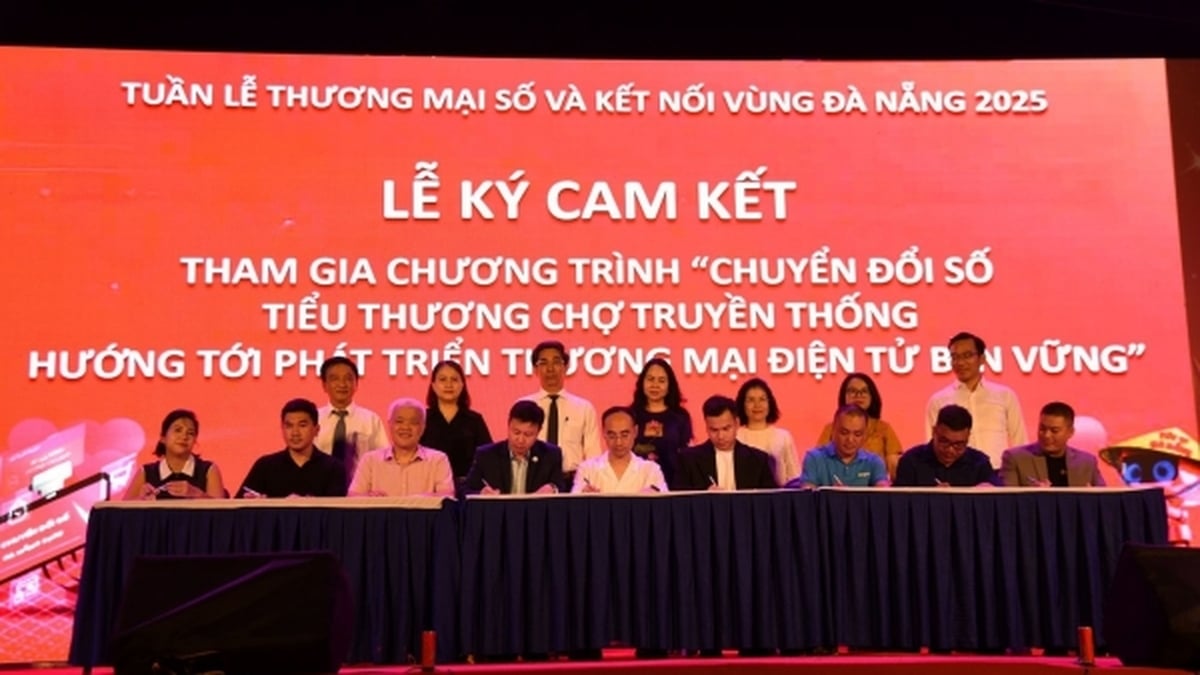



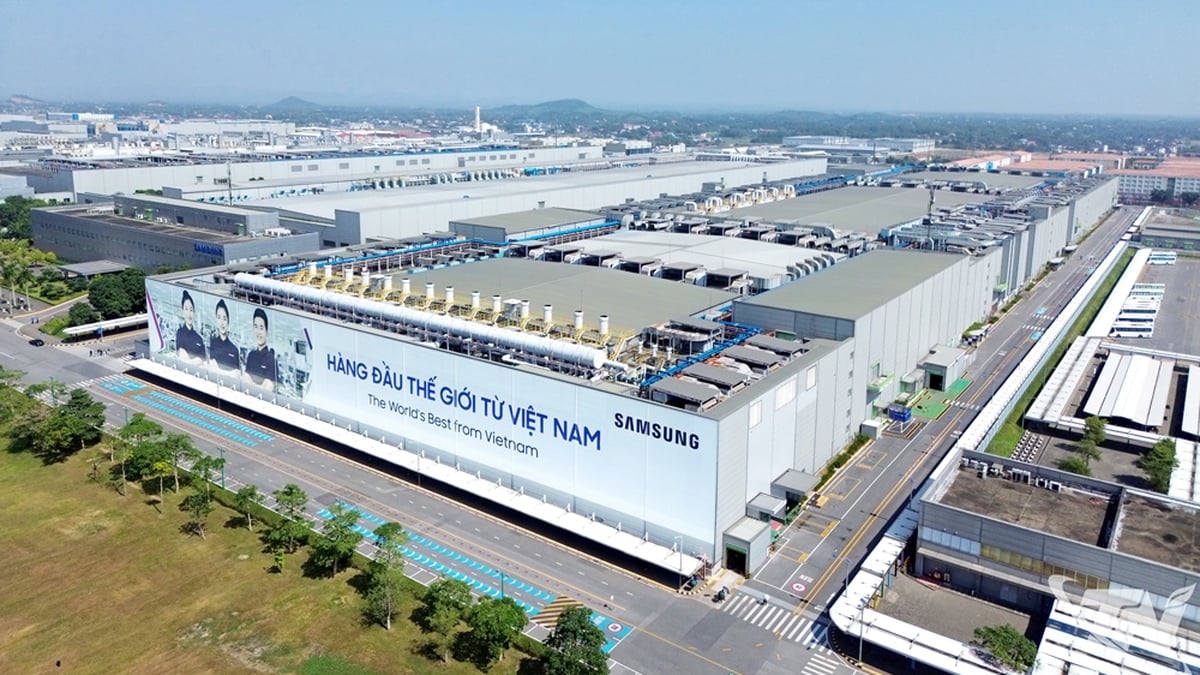
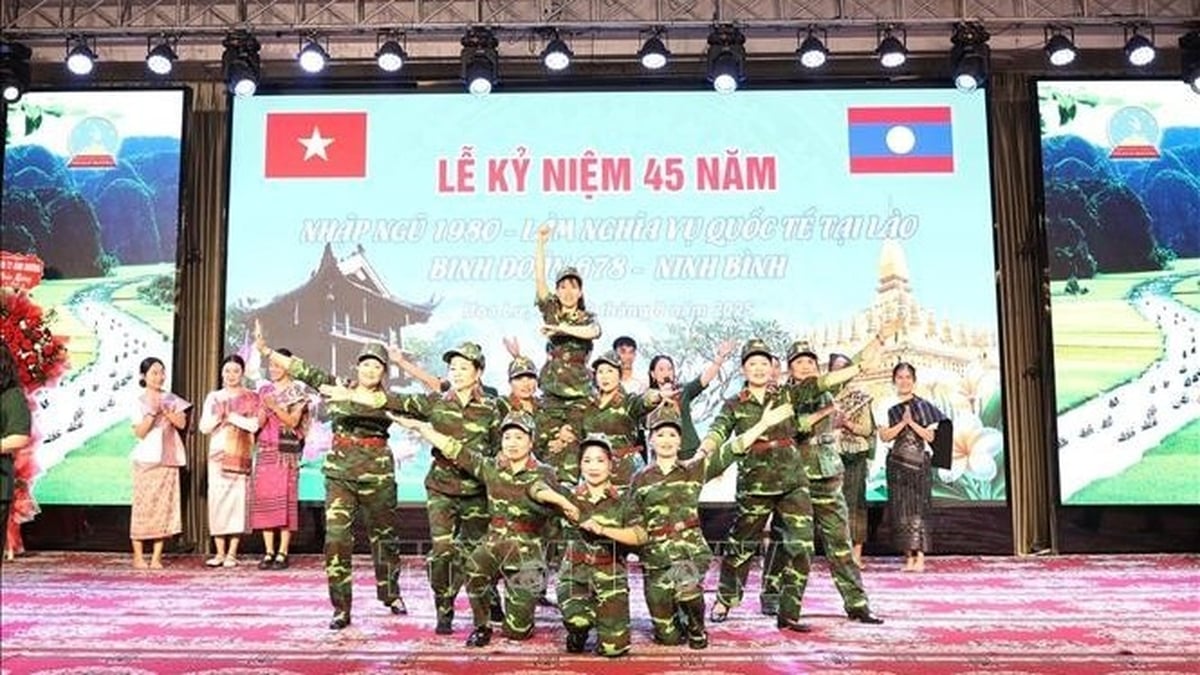
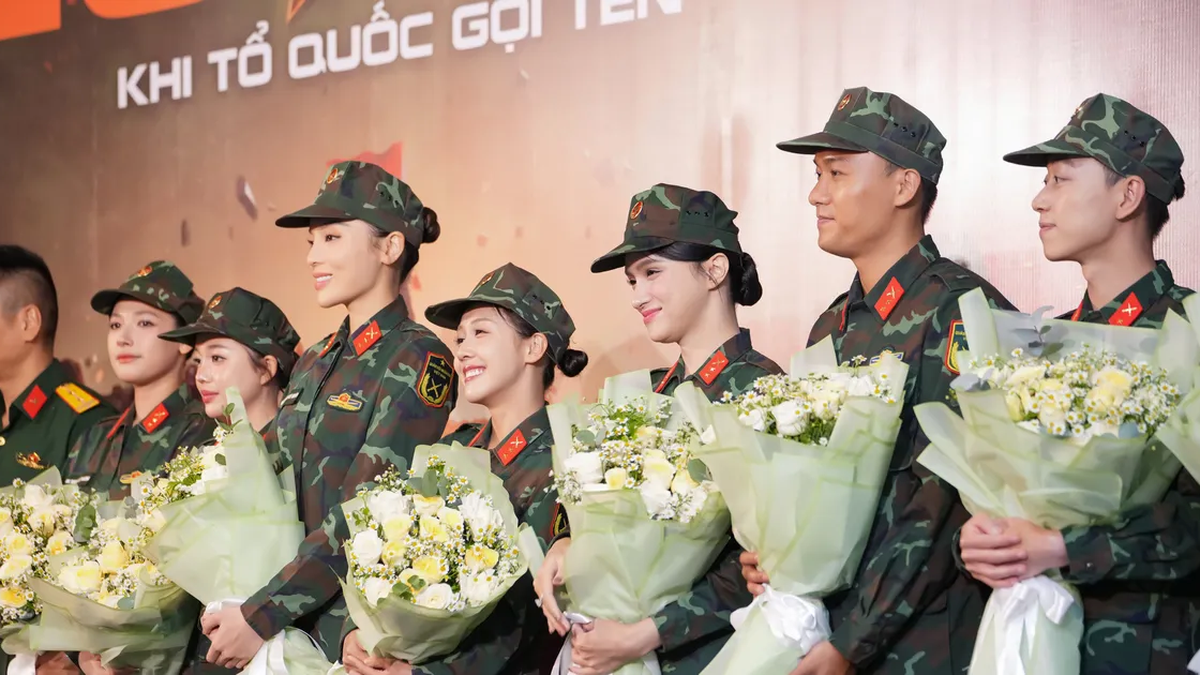

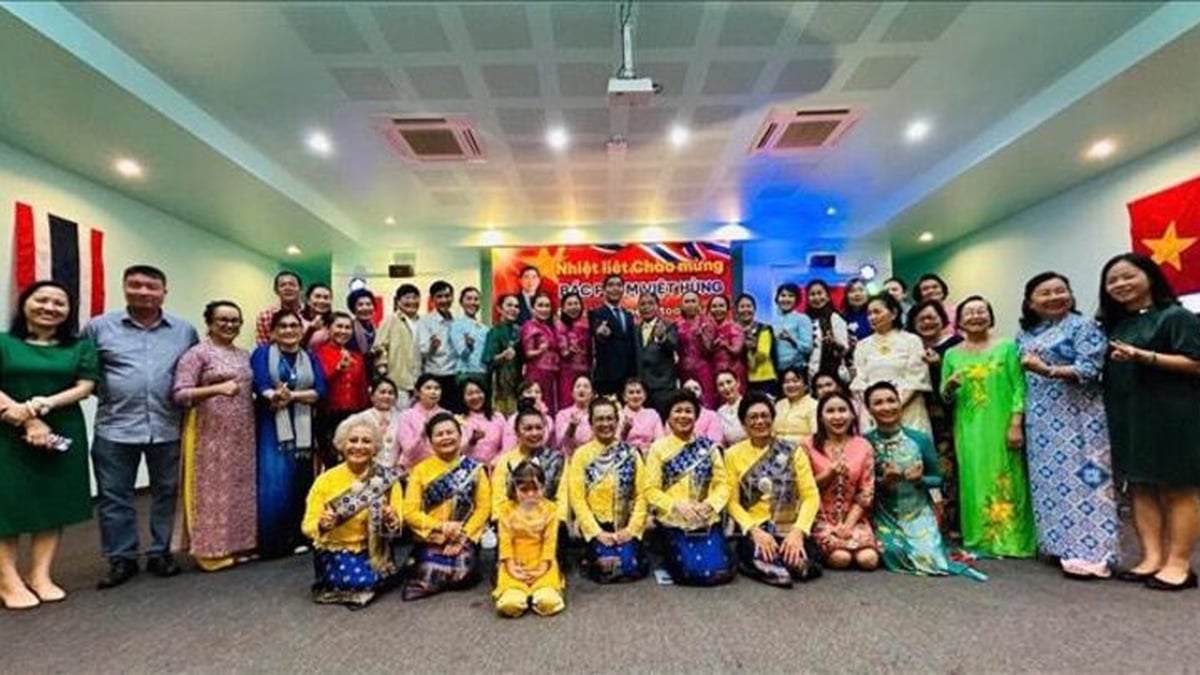
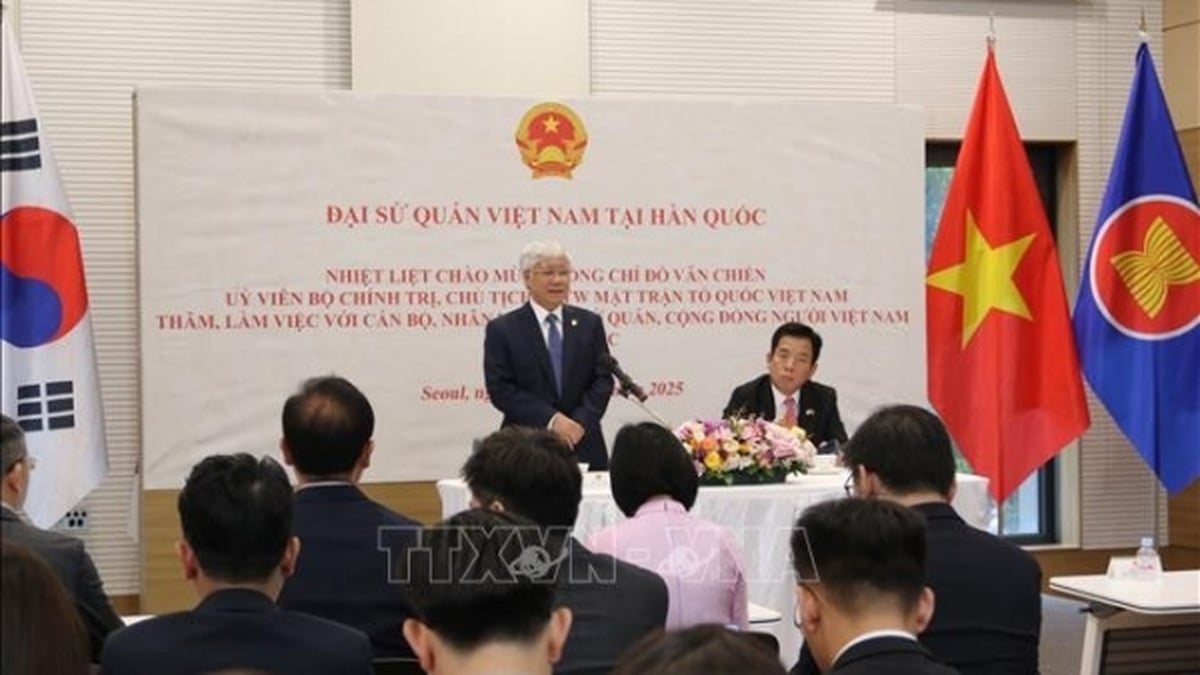



















































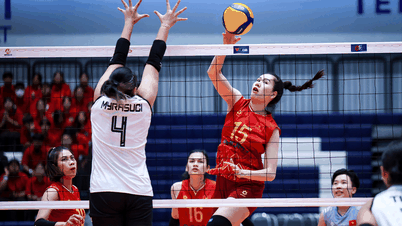



































Comment (0)